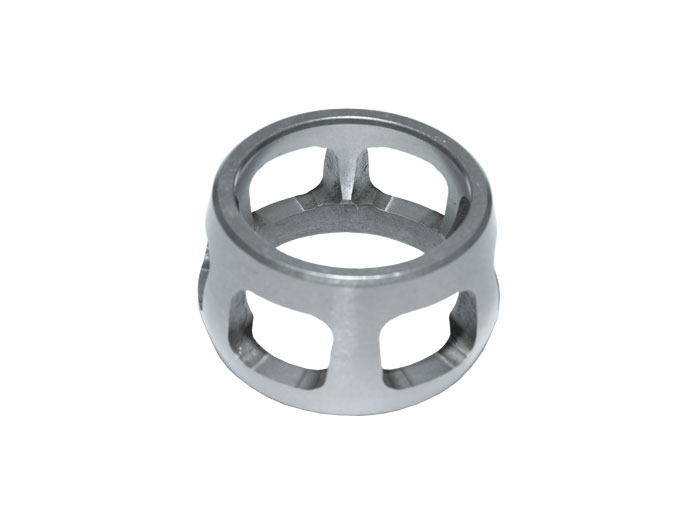The DOJ CV (Double Offset Joint Constant Velocity) joint plays a crucial role in a vehicle's drivetrain system. Its primary function is to transmit torque from the engine to the wheels while accommodating variations in the angle and length of the driveline components. Let's delve deeper into the function of the DOJ CV joint and its significance in a vehicle's drivetrain system.
In a front-wheel-drive vehicle, the engine's power is transmitted to the front wheels through the drivetrain components, including the transaxle or transmission, halfshafts, and CV joints. The DOJ CV joint is specifically designed to handle the torque transfer while allowing the wheels to steer and move up and down due to suspension travel.
One of the key functions of the DOJ CV joint is to maintain a constant velocity of the rotating wheels. As the vehicle's wheels move up and down due to road irregularities or suspension articulation, the length of the halfshaft changes. The DOJ CV joint's design, with its double offset arrangement, allows it to accommodate these length changes and transmit torque smoothly without affecting the rotational speed of the wheels. This helps in providing a constant and smooth power delivery to the wheels, ensuring efficient and controlled operation of the vehicle.

Moreover, the
DOJ CV joint also plays a critical role in handling the steering angle of the wheels. As the driver turns the steering wheel, the wheels need to pivot at different angles. The DOJ CV joint's flexibility and articulation capability enable the halfshafts to transmit torque to the wheels even when they are turned at different angles. This allows for smooth and controlled steering operation while maintaining power delivery to the wheels.
The function of the DOJ CV joint also extends to handling variations in the vertical movement of the wheels. During suspension travel, the wheels move up and down independently. The DOJ CV joint's ability to handle offset angles and lengths allows the halfshafts to adjust accordingly, accommodating the vertical movement of the wheels without causing binding or excessive stress on the drivetrain components. This ensures that power is continuously transmitted to the wheels, providing traction and stability during various driving conditions.
Furthermore, the DOJ CV joint contributes to the overall durability and longevity of the drivetrain system. It is designed to handle high torque loads and resist wear and tear, providing a reliable connection between the engine and the wheels. Regular lubrication and maintenance of the DOJ CV joint are crucial to ensure its smooth operation and prevent premature failure.
In summary, the function of the DOJ CV joint in a vehicle's drivetrain system is to transmit torque from the engine to the wheels while accommodating variations in angle, length, steering, and vertical movement. Its double offset design allows for constant velocity and smooth power delivery, ensuring efficient and controlled operation of the vehicle. By handling these dynamic factors, the DOJ CV joint contributes to the overall performance, maneuverability, and durability of the drivetrain system.
